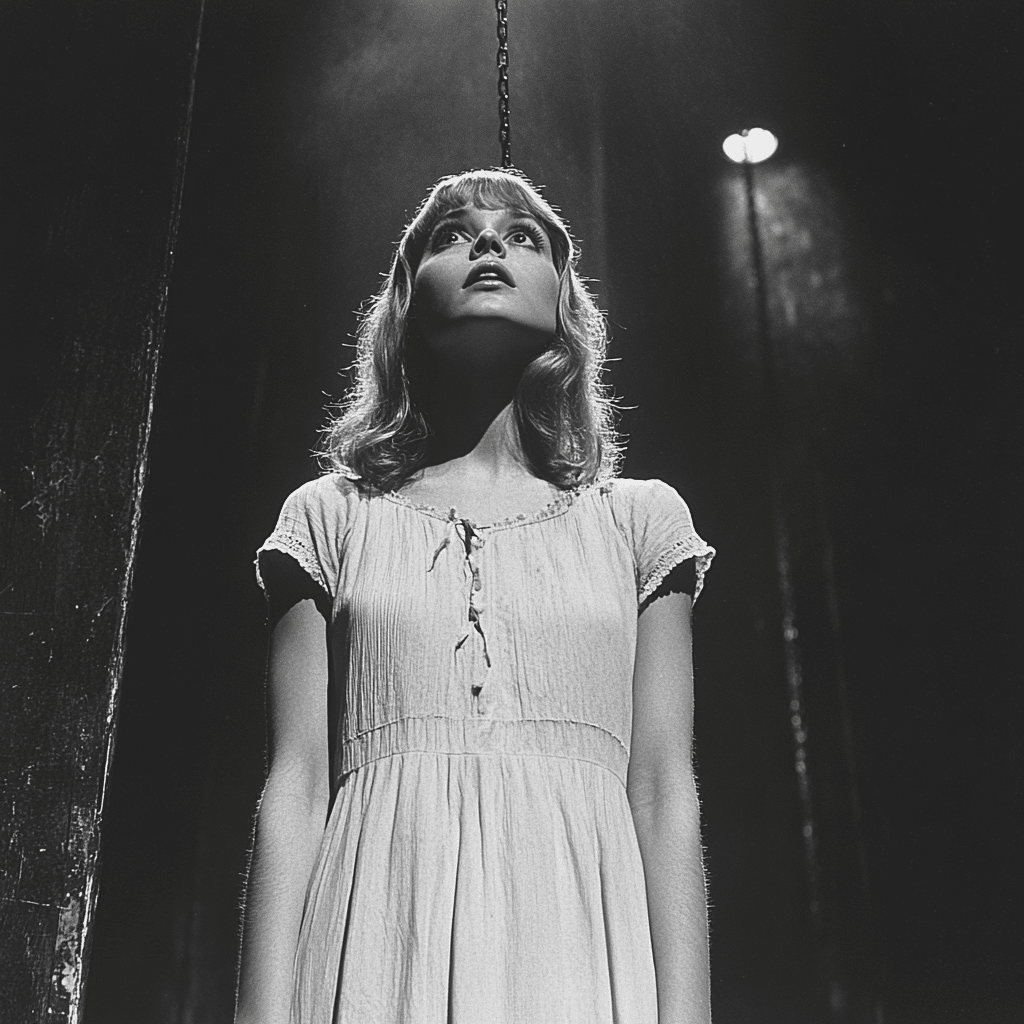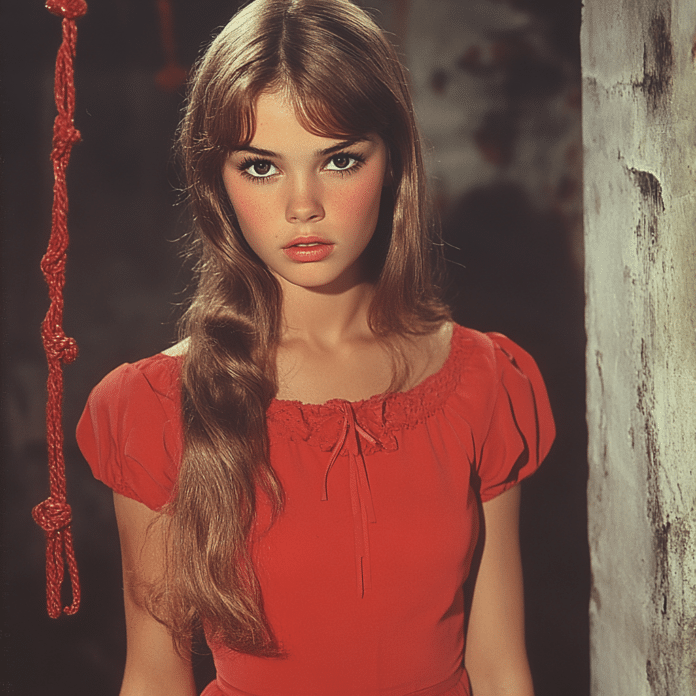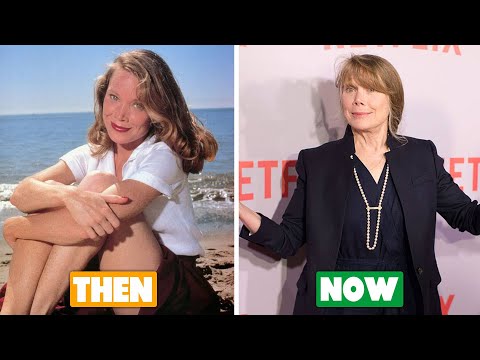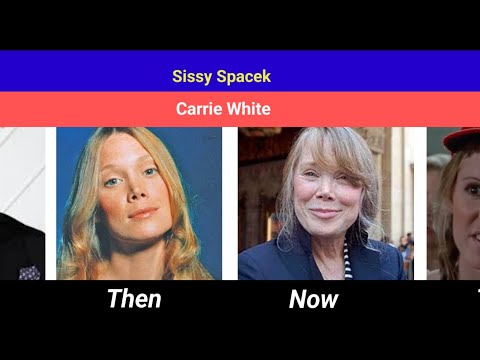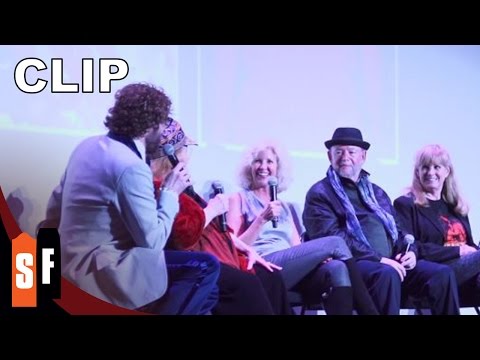The horror classic Carrie, directed by Brian De Palma and based on Stephen King’s novel, remains a pivotal film in the genre since its 1976 release. The Carrie 1976 cast not only delivered memorable performances, but they also shaped their future in Hollywood. Let’s dive into the secrets behind the cast of Carrie 1976, looking at the unique backgrounds of its actors, their roles, and the film’s enduring legacy.
7 Key Members of the Carrie 1976 Cast and Their Impact on Cinema
Sissy Spacek’s turn as the shy, telekinetic teen was her breakthrough and showcased a level of dedication that’s hard to come by. Transforming for the infamous blood scene, she displayed a range that added layers to her character. This commitment did not go unnoticed; her performance earned her an Academy Award nomination, cementing her place as a leading lady in Hollywood. Today, Carrie is often mentioned alongside The Deep End Of The Ocean, another tale that explores deep emotional struggles.
Piper Laurie’s portrayal of Carrie’s fanatically religious mother is nothing short of chilling. Her emotionally charged performance earned her an Academy Award nomination for Best Supporting Actress, establishing a conversation around parental influence in horror films. Laurie’s excellence didn’t end there; she continued to grace the screen with notable performances in works like The Hustler, affirming her status as a powerhouse in acting.
Amy Irving brought depth to Sue Snell, a character that evolved from a high school bully to someone attempting to help Carrie. This nuanced performance emphasized important themes like empathy and redemption. After Carrie, Irving starred in films like Yentl and The Fury, proving herself a versatile actress. Her work reminds viewers that even in chaotic narratives, kindness can shine through.
Before he became a household name with Grease and Saturday Night Fever, John Travolta was honing his craft as the conniving bully Billy Nolan. His performance added a layer to the high school dynamics, portraying toxic masculinity in relationships. Travolta’s transition from Carrie to superstar is a testament to his incredible versatility and staying power in the industry.
As Sue’s boyfriend, William Katt infused Tommy Ross with charm and sincerity. His character’s genuine desire to include Carrie in the prom made a significant statement about compassion amid cruelty. Katt later found fame in television with The Greatest American Hero, showcasing that he could work beyond the horror genre.
Nancy Allen expertly portrayed Carrie’s primary antagonist, embodying the classic high school bully. Her magnetic performance significantly contributed to the film’s exploration of adolescence, setting the stage for future portrayals of villains in teen dramas. Allen later starred in films such as Robocop and Dressed to Kill, proving she could tackle a range of roles.
The film featured a mix of experienced actors and newcomers, creating a vibrant tapestry of performances. Betty Buckley, known for her emotional depth, played the gym teacher Miss Desjardin, showing authority and compassion. This combination provided Carrie with a unique perspective, helping it become a horror classic that’s still discussed today.
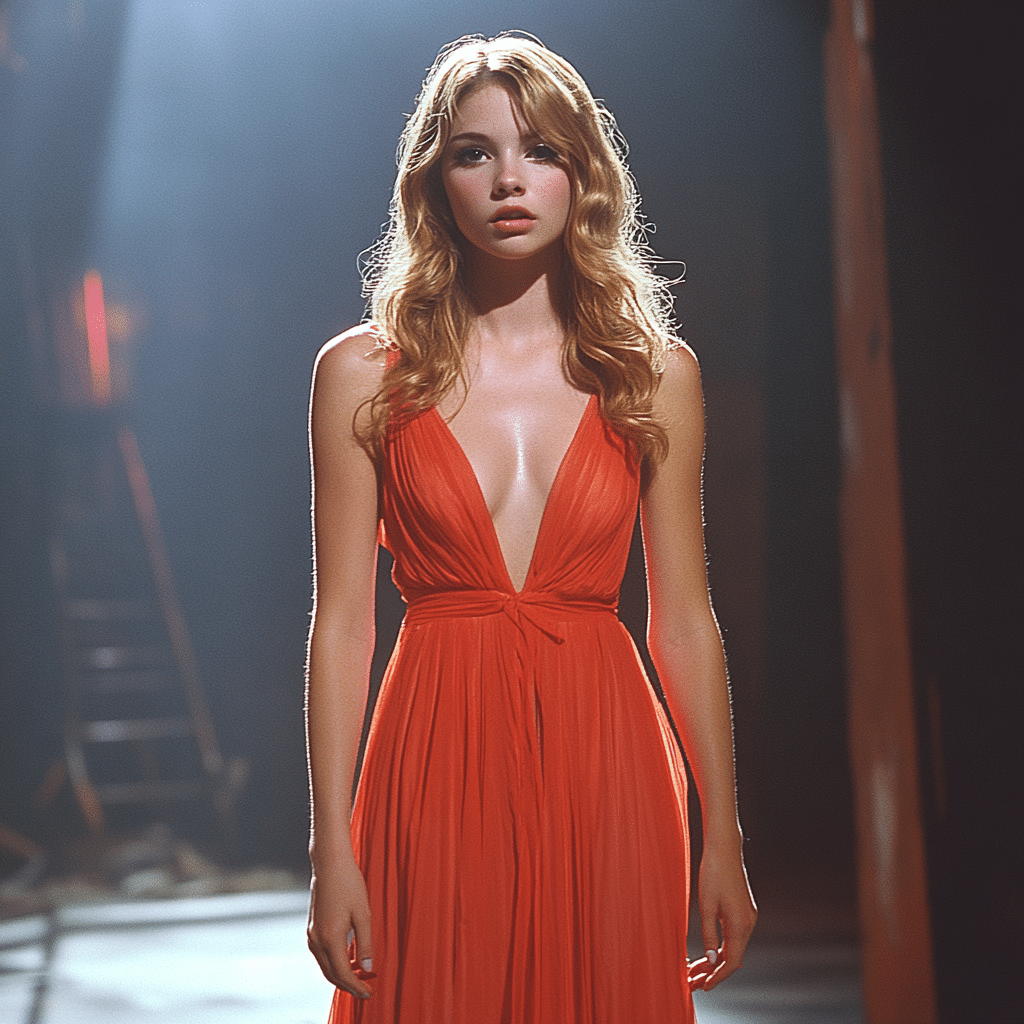
Trends in Horror: Echoes from Carrie’s Legacy in Modern Films
Carrie didn’t just set the stage for its time; it echoed through the decades, influencing horror films like the Blair Witch Project 2016. This film mirrors the psychological terror rooted in personal trauma, akin to Carrie’s struggles. These themes of bullying, rejection, and supernatural retaliation provide fertile ground for storytelling in today’s cinema.
What’s more? Films like The Mummy 2017 demonstrate how legends of the industry collaborate with emerging stars, similar to the dynamic seen within the Carrie 1976 cast. The chemistry among the actors plays a crucial role in realizing the film’s success—just as it does today.
Even comedies like Bruce Almighty featuring Jim Carrey highlight how the lines blur between horror and humor, adding layers to the narrative. The Fred Claus cast showcases a similar dynamic where both aspects can cohabitate in a story, enriching its depth. All these films share a lineage that points back to Carrie, underscoring the interplay of emotional complexity and character development.
The Lasting Legacy of the Carrie 1976 Cast
The talent that made up the Carrie 1976 cast created a film that wasn’t just a horror story but a profound narrative about personal trauma and revenge. Their performances shaped their careers and set a precedent for future horror films. Carrie White’s harrowing story continues to inspire countless films, exploring similar themes of bullying and revenge.
As we move forward in cinema, it’s vital to recognize how these actors forged paths for storytelling that digs deep into human experience. Each member of the Carrie cast contributed uniquely, crafting performances that resonate even today. Movies such as Prince Caspian and Young Frankenstein echo the character development seen in Carrie, proving that even lighthearted narratives hold deep-rooted connections to emotional storytelling.
In celebrating the contributions of the Carrie 1976 cast, we honor more than just performances; we recognize the essence of cinema that intertwines art with human emotion. It’s a reminder that these powerful tales transcend time, impacting audiences and filmmakers alike, showcasing the art form’s rich tapestry that evolves yet remains connected to its roots.
Whether you’re revisiting Carrie or exploring the careers of its iconic cast, remember that their legacy is much more than a series of performances—it’s a journey through fear, love, and ultimate strength that continues to inspire generations.
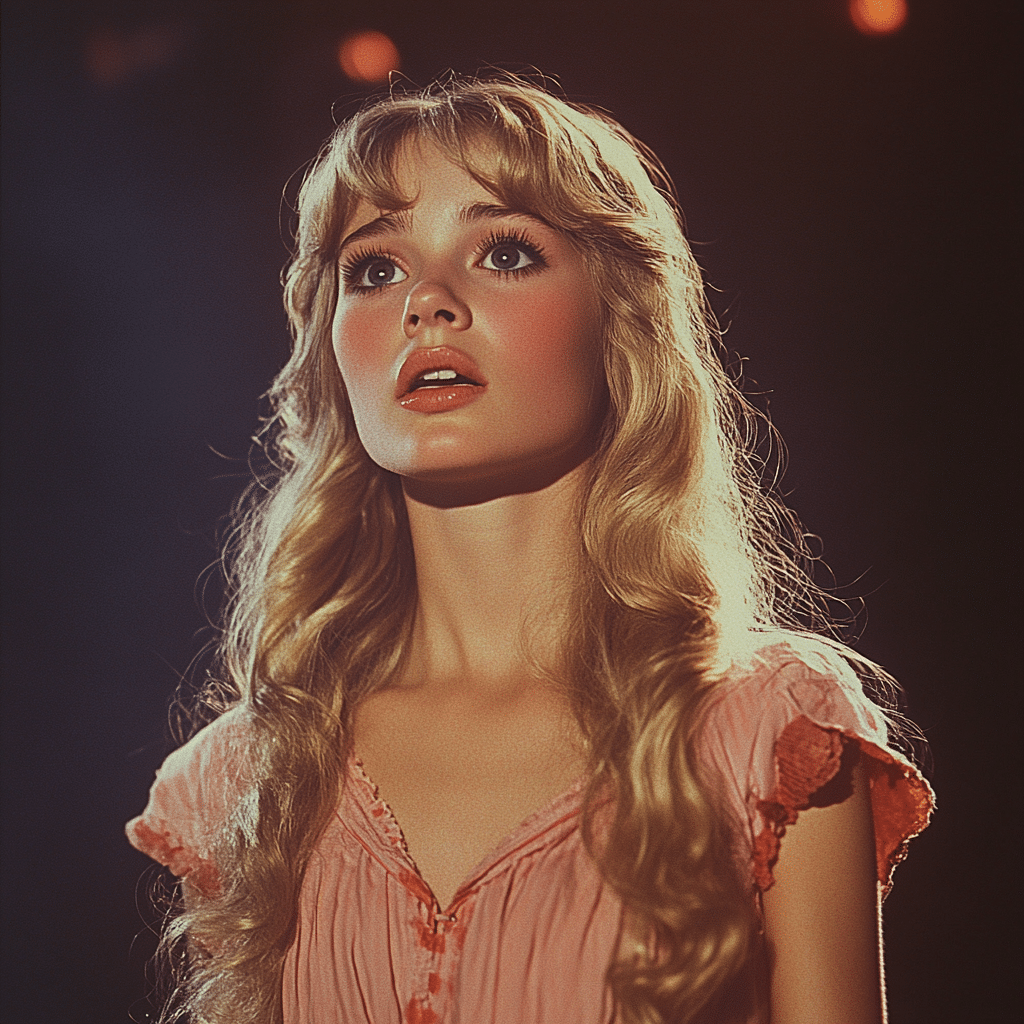
Carrie 1976 Cast: Behind the Scenes and Fun Trivia
Lesser-Known Insights
The Carrie 1976 cast has a treasure trove of fascinating stories and surprising connections that really bring the film to life. Did you know that Sissy Spacek, who played the titular character, wasn’t the first choice for the role? She auditioned with a sort of innocence that perfectly matched Carrie’s character, but at one point, director Brian De Palma thought of other actresses, before ultimately deciding that Sissy was the real deal. Just like the intricate designs of Longaberger Baskets, her performance showcased the depth and beauty of vulnerability, making Carrie an unforgettable character.
Meanwhile, Piper Laurie, who took on the role of Carrie’s mother, Margaret, delivered a performance that was both chilling and relatable. Her take on an overly religious and protective mom departed from any traditional maternal roles seen in films before. Interestingly, Laurie drew inspiration from her past as an actress, just like the quirky characters of Panty And Stocking With Garterbelt. It’s wild how actors can flip narratives, right?
Connections Beyond the Screen
Another trivia nugget: the film was released in 1976, and many fans celebrate its impact on horror and cinema every March 7th, not just for its frightening elements but also for its poignant themes. This emotional depth is something that resonates in other genre-defining films, proving that horror can indeed carry significant weight—much like The Deep End Of The Ocean, which also explores complex emotional landscapes. The brilliance of the Carrie 1976 cast resonated through the years, influencing countless filmmakers who were inspired to explore similar themes.
Speaking of influences, did you know that John Travolta, who played the popular but cruel Billy Nolan, would go on to star in iconic roles that shaped his career? Moves like those put him on the path that would lead to stardom, and it’s fascinating to think how time and chance can change everything, reminiscent of the drama we see in So Help Me Todd. Travolta’s character isn’t too far from the playful provocateur seen in some Lena The Plug videos, pushing boundaries and challenging norms. All these connections remind us how intertwined the film industry can be, making the Carrie 1976 cast an iconic milestone in cinema history.
